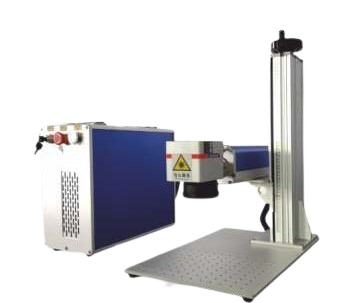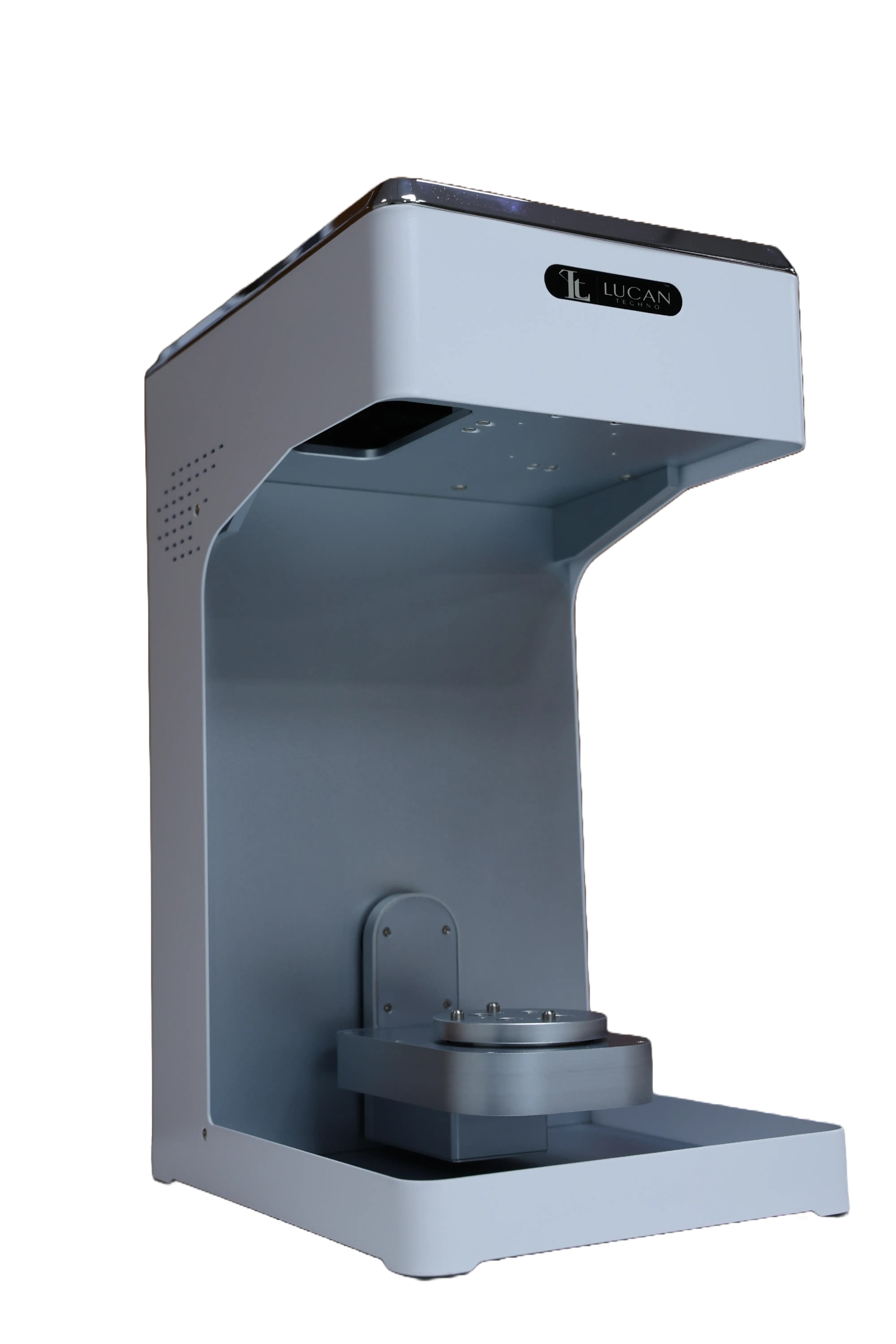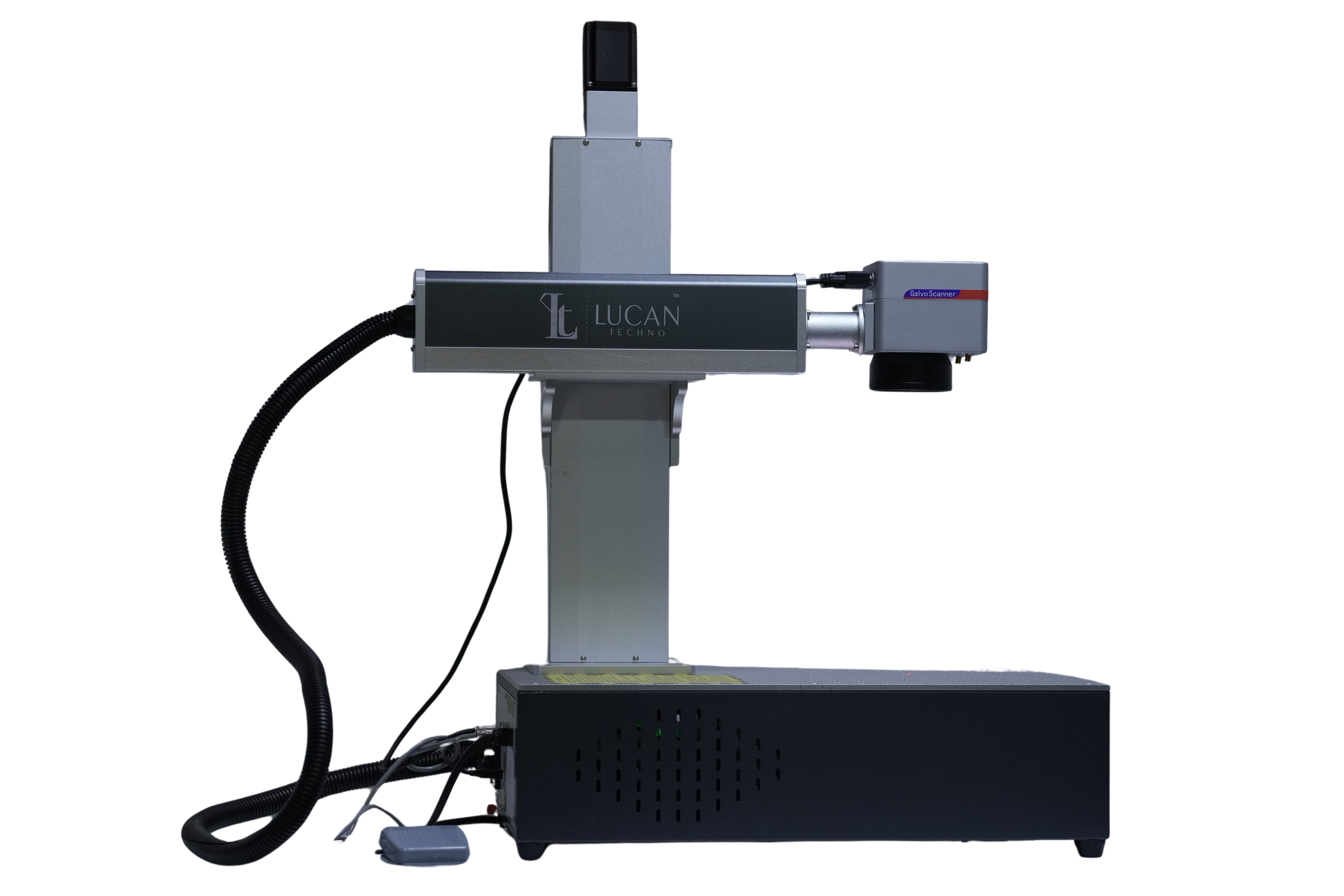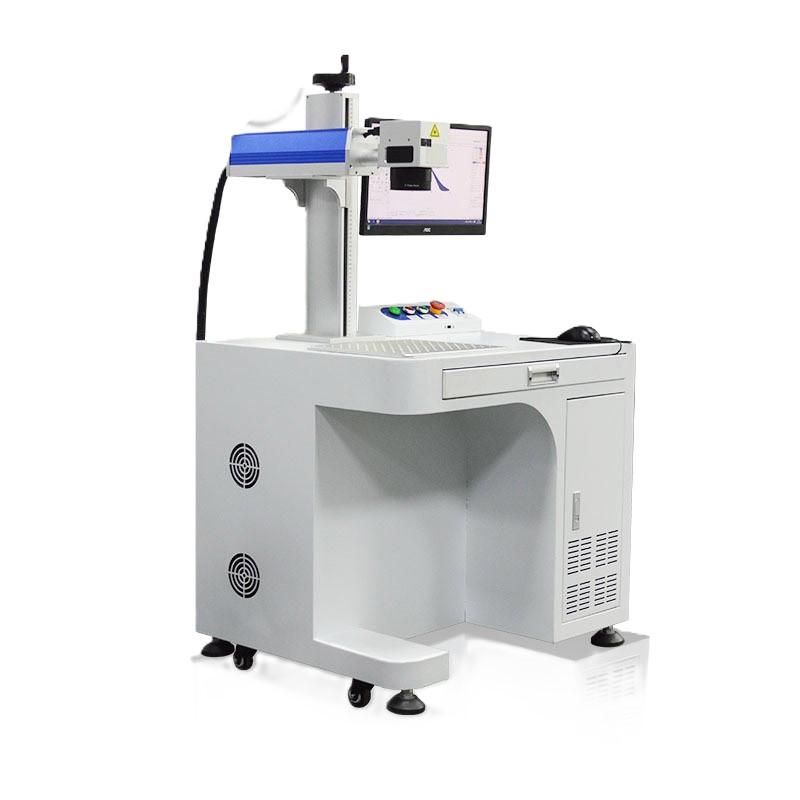Description
Product details
Content Ideas 1. UV Laser Technology: Explain the principles and advantages of UV laser marking, including high precision and minimal material damage. 2. Applications: Discuss the various industries and materials that benefit from UV laser marking, such as plastics, glass, and electronics. 3. Features and Benefits: Highlight the key features of UV laser marking machines, including high-quality marking, cold processing, and suitability for sensitive materials. 4. Comparison with Other Lasers: Compare UV lasers with other types of lasers (e.g., CO2, fiber) in terms of performance, cost, and suitability for different materials. Plagiarism Removal Strategies 1. Original Research: Include unique insights or case studies on the use of UV laser marking machines. 2. Proper Citation: Cite relevant technical papers, manufacturer documentation, and industry reports. 3. Paraphrasing: Rephrase technical information to maintain originality and clarity. 4. Technical Accuracy: Ensure precise technical details about UV laser technology and its applications. Content Structure 1. Introduction: Introduce UV laser marking machines and their significance in industrial applications. 2. Technical Details: Explain the working principles and key features of UV lasers. 3. Applications and Benefits: Discuss the applications and benefits of UV laser marking in various industries. 4. Conclusion: Summarize the advantages and future prospects of UV laser technology. Tools for Assistance 1. Plagiarism Detection Tools: Use software like Turnitin, Grammarly, or Quetext. 2. Technical Writing Guides: Follow industry standards for technical writing. 3. Content Optimization: Utilize tools like Hemingway Editor. By focusing on original content and proper citation, you can create valuable resources about UV Laser Marking Machines.





